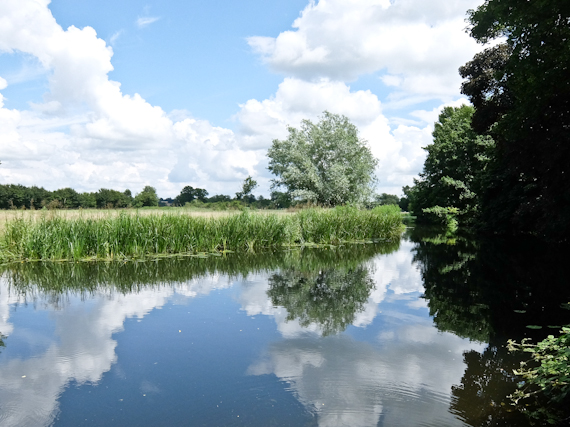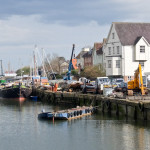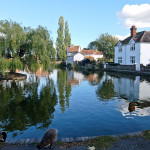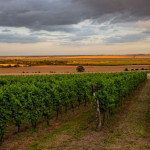Rupert Parker walks 81 miles from Epping to Harwich, following the Essex Way.
Essex often gets a bad press, yet outside the big towns, it’s one of the most unspoilt counties in England. This long-distance path follows a network of old Saxon lanes, linking historic churches and villages, crosses Constable Country then follows the Stour estuary to the sea. The route can be done in either direction, taking around ten days, but I’m hoping to do it in six, walking from West to East.
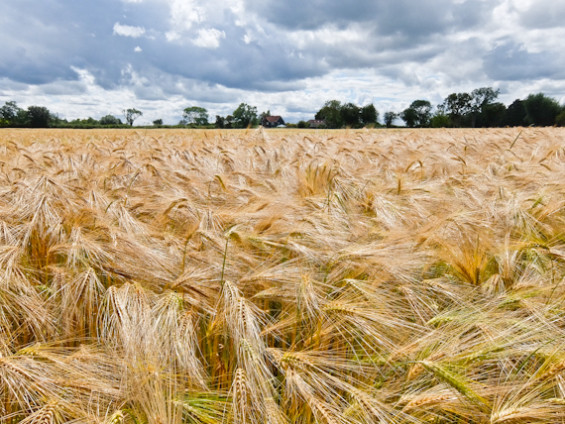
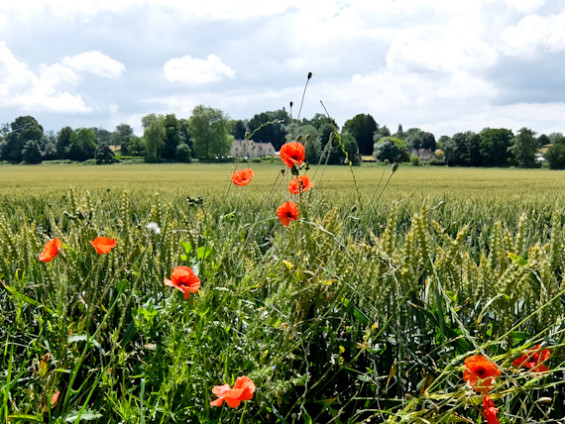
Taking the tube to Epping, I emerge at the end of the Central Line, and set out into the countryside. It’s raining heavily and this makes the path muddy and treacherous. I’m soon in vast fields of wheat, something I’ll see a lot of in the next few days, as well as beans, onions and apples. Just before Ongar, Greensted has the oldest wooden church in the world, dating from 645 AD. This is the land of remarkable churches and later, in Willingale, there are two in the same churchyard, apparently catering for different parishes. I finish in Salt’s Green and take a taxi into Chelmsford where I’ll be spending the night
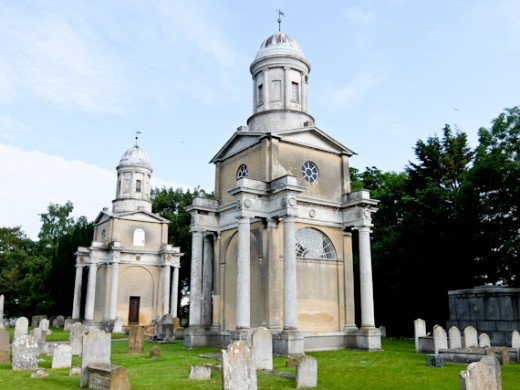
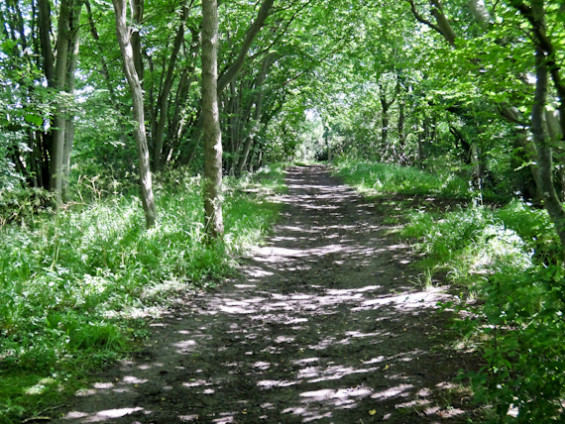
The next day, I start by taking one of Essex’s many green lanes, tunnelling through woodlands, to the historic village of Pleshey. The castle here gets a mention in Shakespeare’s Richard II, but it’s long gone, just the mound and moat remain. Great Leighs is the world’s largest producer of cricket bats, fashioned from Willow plantations growing on Essex’s many riverbanks. This is today’s destination and I overnight in Braintree,
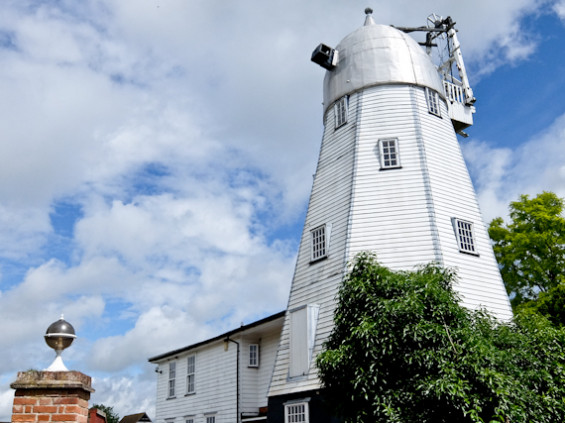
Day three threatens rain so I start early. More fields of wheat lead to Terling where the windmill has had its sails trimmed. It’s now a fine house owned by a member of The Prodigy. In the 18th century, there were around 285 working windmills but now only a handful remain. In Cressing, just off the route, two remarkable barns built by the Knights Templar in the 13th century have been restored, along with the Tudor walled garden. Coggeshall has its own version, 40m long, built for the monks of the abbey, but now it’s started to pour. Fortunately, I’ve reached the halfway point, marked by an engraved stone next to the abbey,
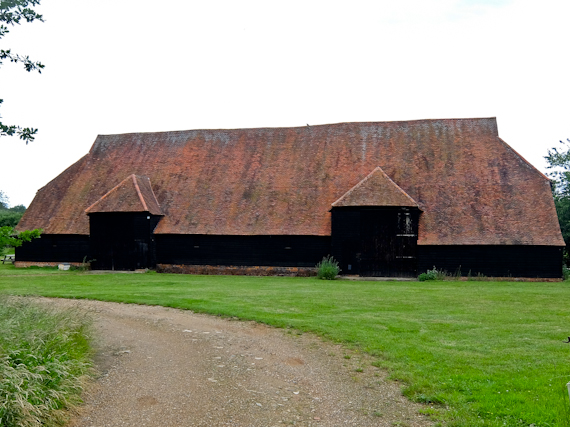
The morning dawns sunny but the ground is sodden after overnight rain. I press on to the Colne valley and discover a line of WW2 pillboxes built after Dunkirk to protect against German invasion. The path follows the pretty River Colne, at 36 miles the longest in Essex, to West Bergholt and then to Great Horkesley. From here I take a taxi to Colchester and my hotel.
After four days of level walking, it’s bit of a shock to encounter some ups and downs. Passing Dedham Vale vineyard, which produces remarkably good wines, I’m soon into Constable Country. On the banks of the River Stour the combination of light, water and dappled greenery are real live versions of his great works. The painter was born in Dedham and, predictably, is a magnet for tourists. Still, it’s a good place to stop for a pint before I wind my way through Manningtree to the banks of the wide Stour estuary and Mistley.
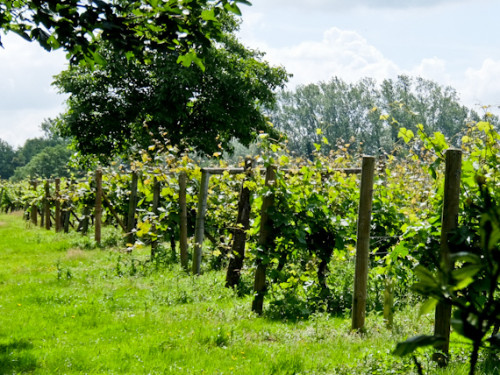
The final day begins with the distinctive aroma of malt. Mistley has been malting barley since the 17th century and now has the largest facility in the country. The path leads through the factory yard, then across farmland, to tiny Bradfield. Soon it’s back on the estuary banks before heading south, past Ramsey with its windmill, to the salt marshes by the sea. Dovercourt has a long line of beach huts and two distinctive iron lighthouses built in 1863. The huge cranes at Felixstowe loom on the horizon and I pass bathers before arriving at Harwich. A sign on the lighthouse tells me I’ve reached my final destination.
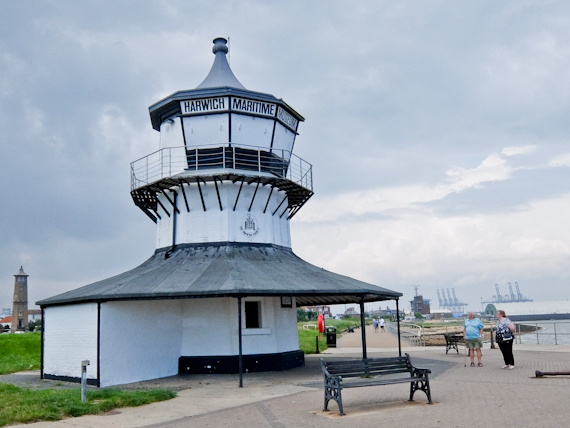
After six days of walking, I’ve had most of the path to myself, apart from the occasional dog walker and certainly no other hikers. That’s a shame as the route gives a glimpse of an unknown rural Essex, almost a snapshot of lost times, with its churches, ancient barns, abbeys, castles and windmills. The way is graced with many delightful country pubs and if I’d had more time I’d have stopped in every one of them. Now there’s a challenge.
Tell Me More About The Essex Way
Although the route is reasonably well signed it makes sense to carry a guidebook and download a GPS track.
Walking in Essex, published by Cicerone is an indispensable guide.
Visit Essex has information about the county.
Greater Anglia has frequent train services to Harwich, Braintree and Colchester.
Accommodation is in short supply on the route proper but Chelmsford, Braintree and Colchester are all easily accessible by bus or taxi.
The County Hotel makes a comfortable base in Chelmsford with good food.
For a touch of luxury, the Greyfriars Hotel is right in the centre of Colchester.
Panfield House is a fully serviced cottage in Braintree Centre
The Mistley Thorn in Mistley is directly on the route, has great rooms and an excellent restaurant.

